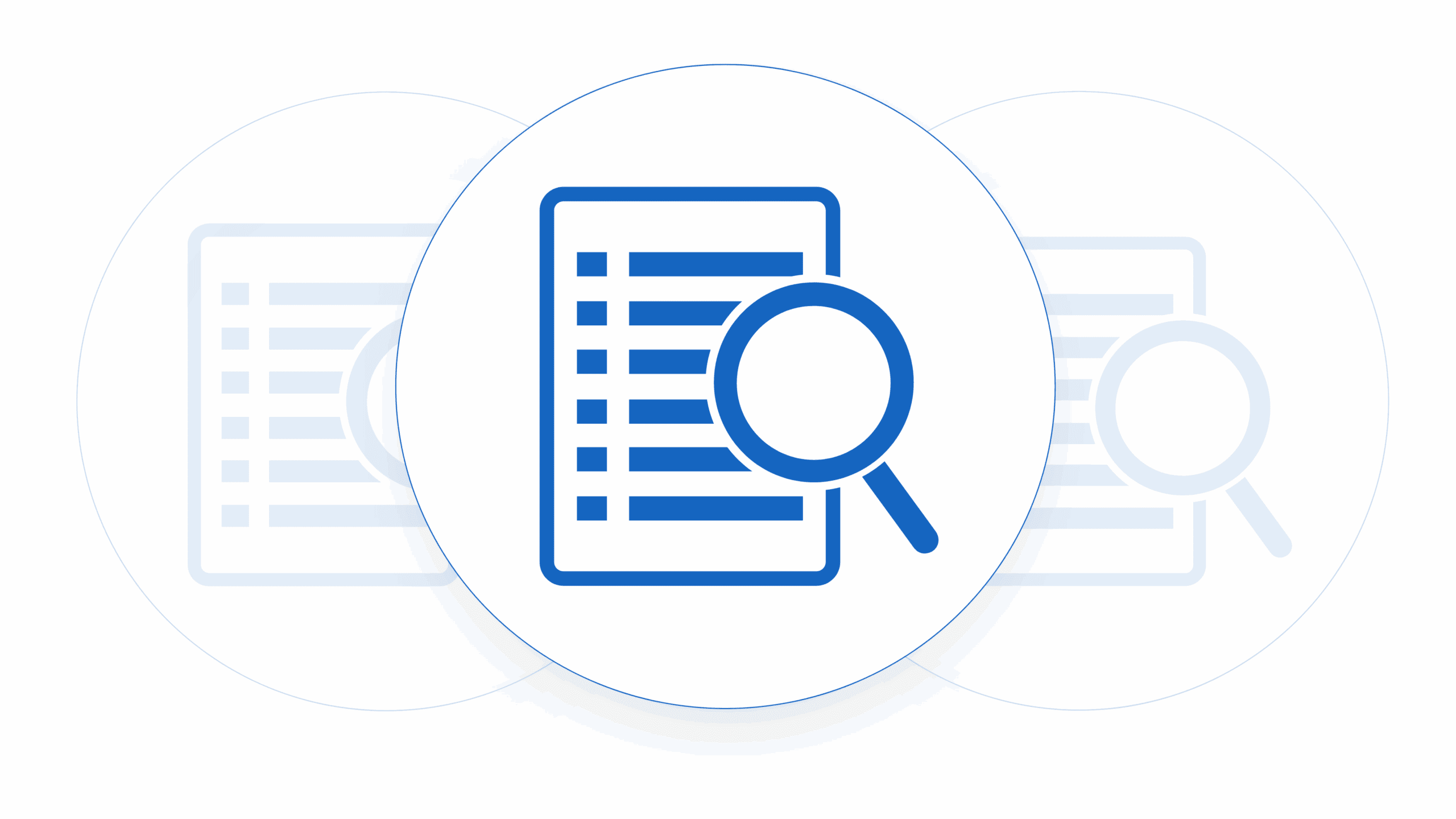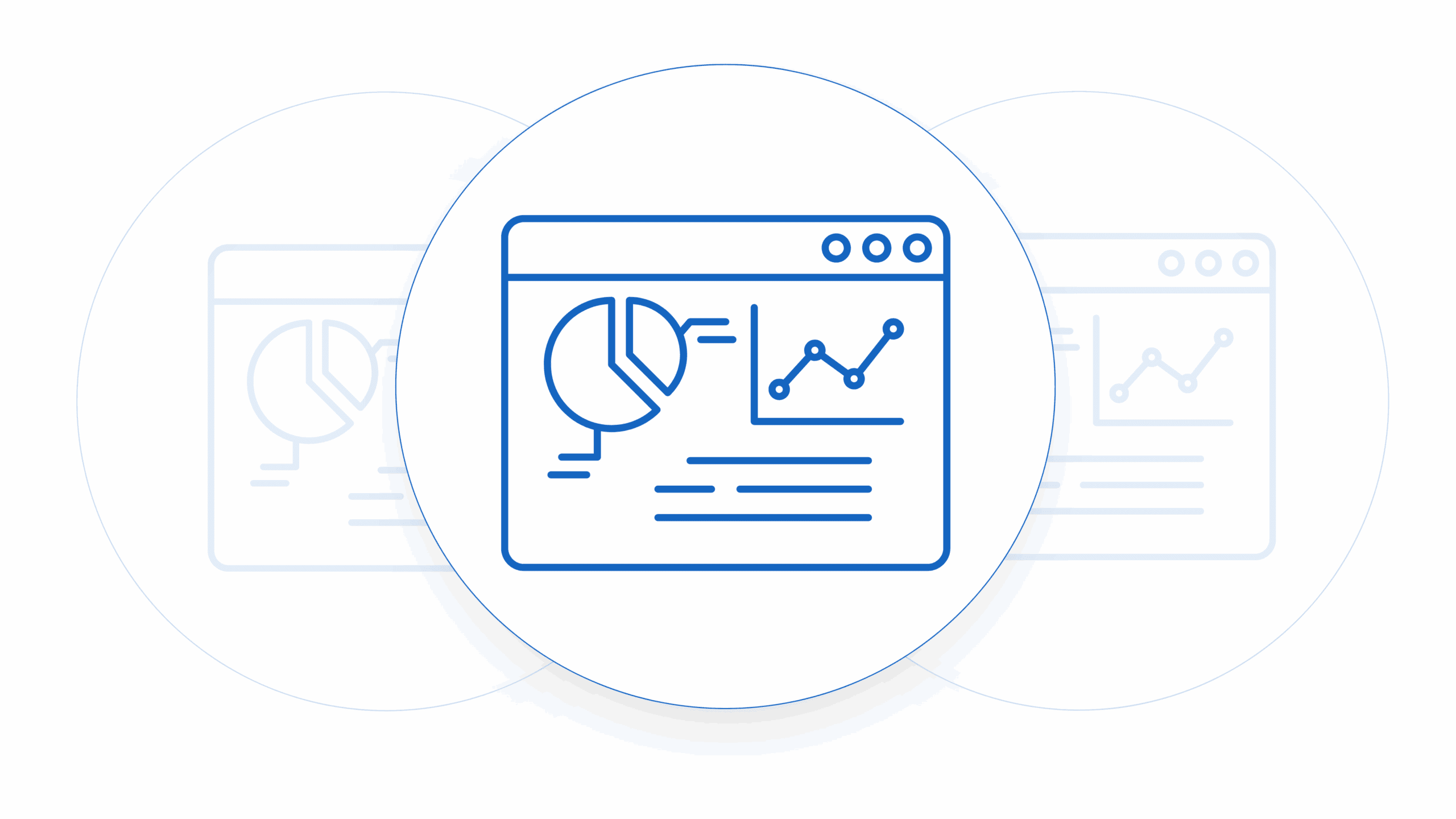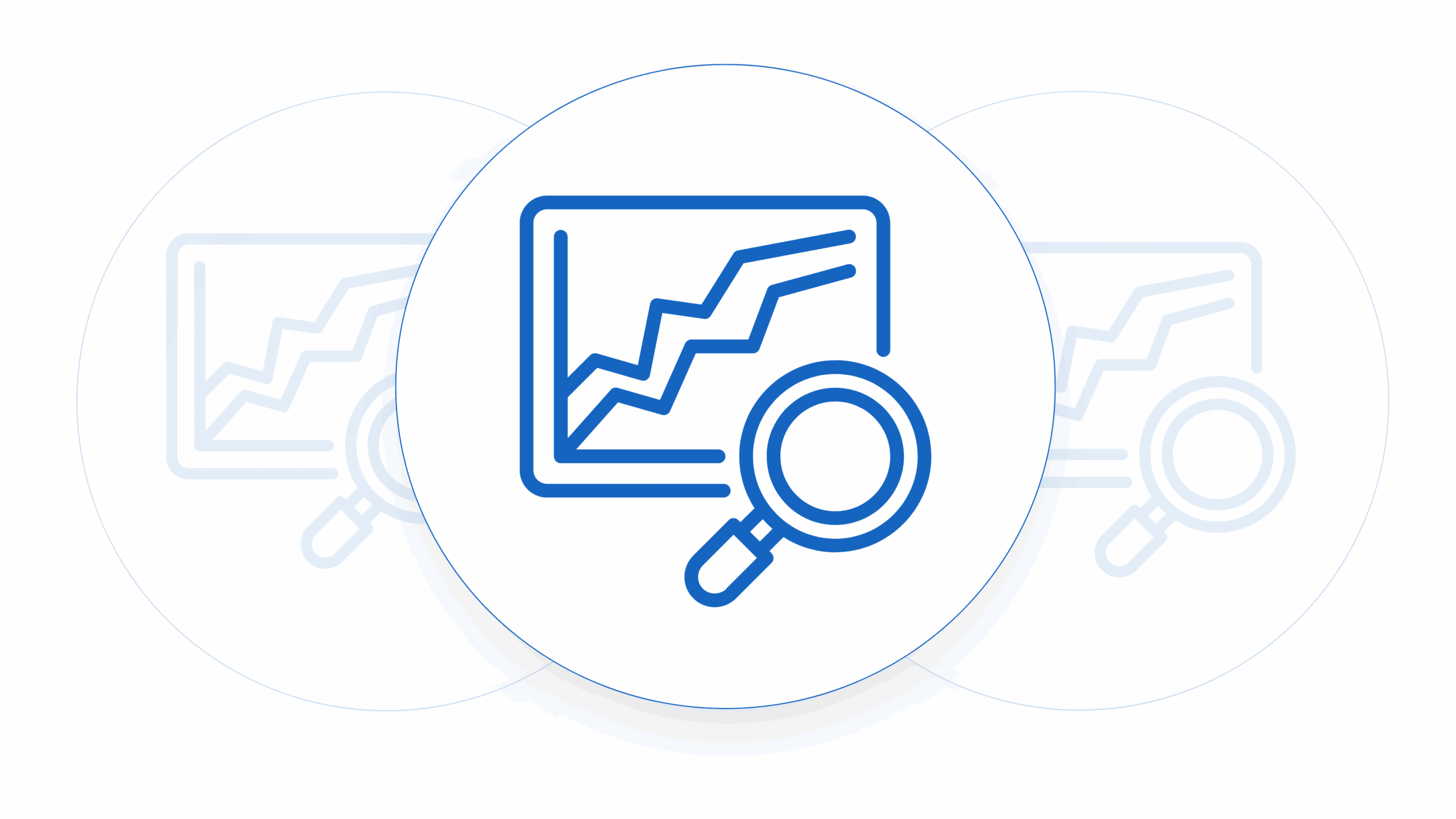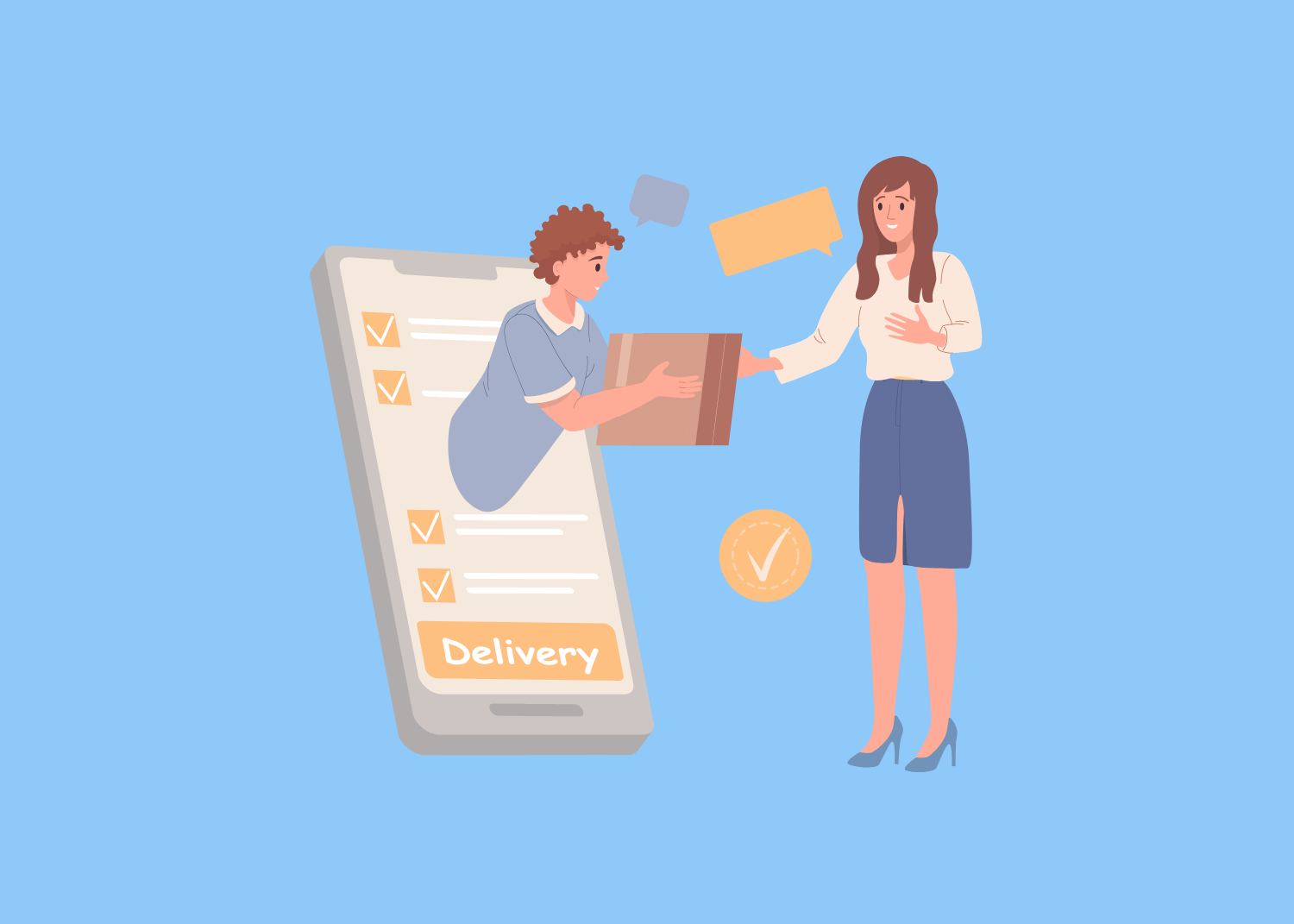Service Level Agreements (SLA) in Software as a Service (SaaS). Sales contracts are documents that specify the performance standards, uptime, and quality of service that you, as a software provider. Agree to deliver. It lays out the measurable characteristics of the service, such as uptime, availability, and response time for issues. And specifies the repercussions if the service fails to meet these levels.
Here are some of the typical components of an SLA in a SaaS contract:
-
Uptime and Availability: This denotes the expected operational duration of the software, typically expressed as a percentage. For example, an SLA might guarantee 99.9% uptime, which allows for a certain small amount of unavoidable downtime.
-
Performance: This involves clear and objective metrics to determine the responsiveness and speed of the system.
-
Security and Data Protection: This addresses the storage, protection, and utilization of customer data. It can also include measures for preventing data loss or breaches, and protocols in the event a breach does occur.
-
Support and Maintenance: This section outlines the support that will be available to the client. Including support hours, expected response and resolution times, and the means of obtaining support (e.g., email, phone, live chat).
-
Disaster Recovery and Business Continuity: It details the measures taken to ensure service restoration or continuity in the event of a major issue or disaster. Such as a power outage, natural disaster, or cyber attack.
-
Penalties and Remedies: This section outlines the penalties if the provider fails to meet the agreed-upon service levels. Often in the form of service credits, refunds, or even contract termination rights.
-
Review and Modification: This provision allows for regular review of the SLA and potential adjustments based on changes in technology. Business requirements, or other factors.
By defining these elements in a contract. the SLA provides a clear understanding between the provider and the customer of what service levels are expected. How they will be measured, and what will happen if they are not achieved. It’s an essential component of any SaaS agreement to ensure that both parties’. Expectations are aligned and any disputes can be resolved objectively.
What are some common remedies to breach SLAs?
Remedies for breach of Service Level Agreements (SLAs) in Software as a Service (SaaS) sales contracts. vary but often follow certain common approaches. These provisions aim to compensate the customer for inconveniences resulting. rom the service provider’s failure to meet the agreed-upon service levels.
Here are some common remedies:
-
Service Credits: Service credits are the most common remedy for SLA breaches. These are credits that the customer can apply to their future invoices, effectively giving them a discount on future services due to the past service disruption. The amount of service credits usually corresponds to the severity and duration of the SLA breach.
-
Refunds: In some cases, the provider might offer a direct refund rather than service credits. This is more common when the SLA breach has been particularly severe or the customer does not wish to continue using the service.
-
Free Additional Services: In certain situations, a provider might offer additional services for free or at a significantly reduced cost as a remedy for the SLA breach. These could be additional features, enhanced support, extra storage, or any other value-add services.
-
Contract Termination: For severe or persistent breaches of service level agreements, the customer may have the right to terminate the contract without penalty. This is often the last resort when other remedies have failed to rectify the situation or if the provider is unable to deliver the agreed level of service.
-
Reperformance: In certain cases, the provider may have an obligation to reperform the services until meeting the agreed-upon service levels.
-
Escalation and Review: If a certain number of breaches occur within a defined period, it may trigger a review of the service or an escalation within the provider’s organization to address the service failures.
-
Alternative Dispute Resolution: In certain circumstances, the parties may agree to alternative dispute resolution mechanisms, such as mediation or arbitration, if they cannot agree on an appropriate remedy for the SLA breach.
Note that the contract should clearly define remedies, and outline the process for claiming them. The contract should also specify any notice requirements or time limits for making a claim.
While these remedies offer compensation for service disruptions, they typically do not fully indemnify customers for any business losses resulting from an SLA breach.
Why should I have an SLA section in all of my SaaS sales contracts?
As a general rule, it’s a good idea to include the Service Level Agreements (SLA) section in your sales contracts for your SaaS startup. Here’s why:
-
Expectation Management: SLAs define the level of service a customer can expect, which can help manage expectations and prevent misunderstandings. They provide concrete, measurable criteria that the service is expected to meet.
-
Trust and Credibility: Offering an SLA can increase trust and credibility with your customers. It demonstrates your confidence in the quality of your service, and your commitment to maintaining this level of service.
-
Competitive Advantage: If competitors in your field offer service-level agreements, you may need to do so as well to stay competitive. Even if they don’t, offering an SLA can still give you a competitive edge.
-
Dispute Resolution: In case of service issues, a clear SLA gives both parties a reference point to assess whether the agreed service levels were met, which can simplify dispute resolution.
-
Customer Retention: By setting and meeting service expectations, you can increase customer satisfaction and retention.
-
Clear Remedies: The SLA sets out the remedies available to the customer if the service levels are not met, providing clarity and certainty.
However, be mindful that SLAs also come with responsibilities. You should only promise service levels that you’re confident you can deliver consistently. Failing to meet your SLAs can lead to financial penalties, loss of trust, and damage to your brand’s reputation.
Also, it’s essential to have any SLA or contract reviewed by a lawyer to ensure it provides adequate protection. For your business and is compliant with any applicable laws and regulations. The exact requirements for an SLA can vary based on the nature of the service, the needs of the customer, and the regulatory environment.












